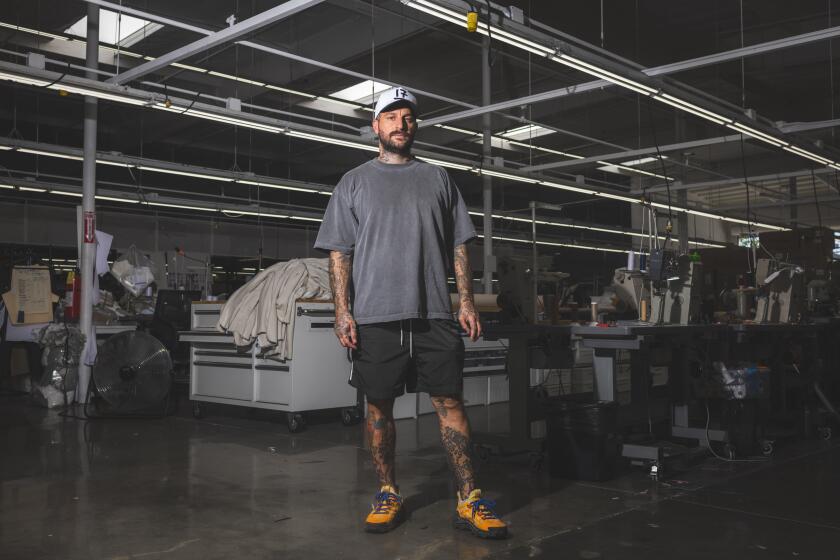NASA safety advisory group raises concerns about SpaceX rocket fueling process

A major NASA safety advisory group urged the agency to scrutinize SpaceX’s rocket fueling process ahead of future launches of astronauts to the International Space Station.
The Aerospace Safety Advisory Panel brought up concerns about the Hawthorne space company’s unconventional fueling operations in its 2016 annual report, released Wednesday.
Described in the report as the “load and go” approach, SpaceX plans to have the astronauts board the Crew Dragon spacecraft before final fueling of the rocket.
SpaceX uses super-chilled liquid oxygen to maximize the amount that can fit in the tank and increase power at liftoff to hoist heavy loads. But the extremely cold temperature means that the liquid oxygen needs to be loaded right before launch.
In the report, the panel said it was concerned that potential risks associated with loading propellants into the rocket with astronauts onboard were not “adequately understood.”
The panel was created in 1968 by Congress to advise and give recommendations on safety issues to the NASA administrator. The group is the primary safety advisory panel for the commercial crew program.
SpaceX said Thursday in a statement that its fueling and launch process was “reliable” and “minimizes” the time and number of people exposed to “the hazards of launching a rocket.”
SpaceX has a contract from NASA to build and launch a crew capsule to transport astronauts to the space station. NASA has said the first uncrewed flight test of SpaceX’s capsule is set for November, and the first flight with humans aboard is scheduled for November 2018.
The company said that its Crew Dragon launch abort system will be enabled after astronauts board the spacecraft and fueling begins. In case of an emergency, the abort system uses several rockets built into the walls of the spacecraft to push the astronauts away from the rocket; the capsule floats back to Earth on parachutes.
Though the panel’s concerns are specific to astronaut launches, SpaceX also currently uses the same fueling routine for satellite launches.
The report also mentioned the company’s September launch pad explosion in Florida, which destroyed a Falcon 9 rocket and commercial communications satellite perched on top. SpaceX plans to return to flight Saturday with a launch of 10 satellites for Iridium Communications Inc.
The panel said that NASA will also review the September incident, and it urged the agency to focus not only on the cause but also on the “load and go” fueling process.
Despite rounds of testing, issues can often pop up once procedures are actually used in a real-time environment, the report states.
“We strongly encourage NASA top management to scrutinize this issue and ensure that any decision to accept additional risk or novel risk controls with large uncertainties is justified by the value that will be gained.”
SpaceX said this month that the explosion was caused by a failed composite overwrapped pressure vessel, which carries cold helium, in the rocket’s second-stage liquid oxygen tank. To fix the problem, the company said it will change the configuration of the vessels so warmer helium can be loaded, and change helium loading operations to the way they had been in the past.
In its statement, SpaceX said it has performed a “detailed” safety analysis with NASA over the last year and a half of all potential hazards in its fueling process. The company said safeguards against these hazards have been identified and will be verified before it receives certification to launch astronauts.
A hazard report documenting those safeguards was approved by NASA’s safety technical review board in July, SpaceX said.
The company also said it will continue to work with NASA to “assess and evaluate” its fueling approach.
The concerns from the panel come after the chairman of an International Space Station advisory committee also expressed reservations about SpaceX’s fueling process with crew aboard.
More to Read
Inside the business of entertainment
The Wide Shot brings you news, analysis and insights on everything from streaming wars to production — and what it all means for the future.
You may occasionally receive promotional content from the Los Angeles Times.











